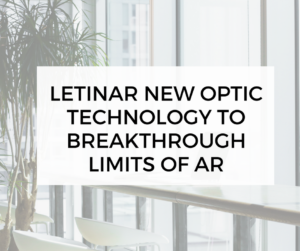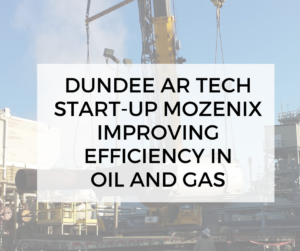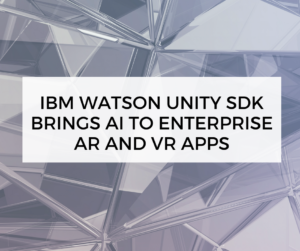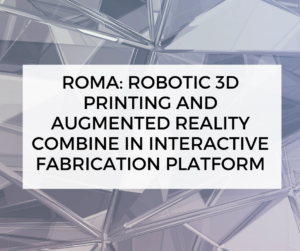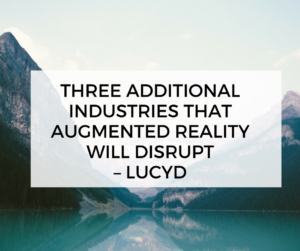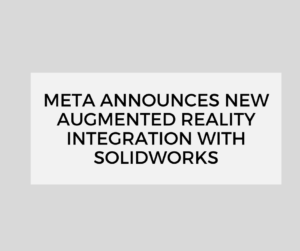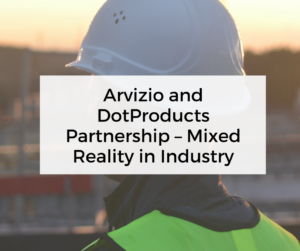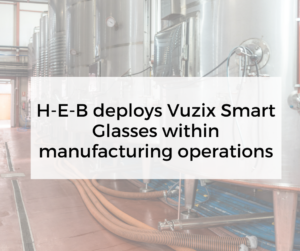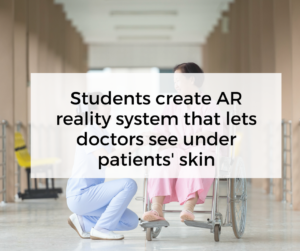Emerging Tech to Drive Enterprise Digital Transformation
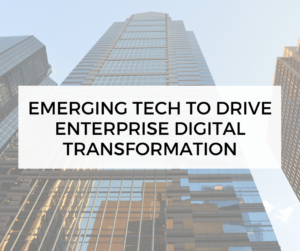
An article on CXO Today recently discussed the digital-heavy economy developing in India. The drive of this transformation is the reduced cost of transacting via online banking and the fact that this costs even less when the channel is mobile.
Efficiency and competitiveness are the main components of digital transformation; it requires deep understanding of present and emerging business process models as well as disruptive digital technology.
Technologies that enable transformation, for example Augmented Reality can improve education and learning, and automated reasoning can improve transaction processing. Key practises allow digital transformation to be optimised, and the correct soft skills allow it to be sustained.
In response to the increasing digital environment, many organisations are including or changing roles to have a digital focus. This synchronicity increases efficiency as well as allowing companies to become something completely different. Being able to drive transformation is one of the key values of technology.
Leaders and disruptors are moving towards delivering new value to customers to improve customer experience. Companies believe they are innovative due to changing tactics, investing in new tech, and employing tech experts.
The article concludes by stating that businesses must proactively innovate in order to stay ahead in an evolving marketplace.
